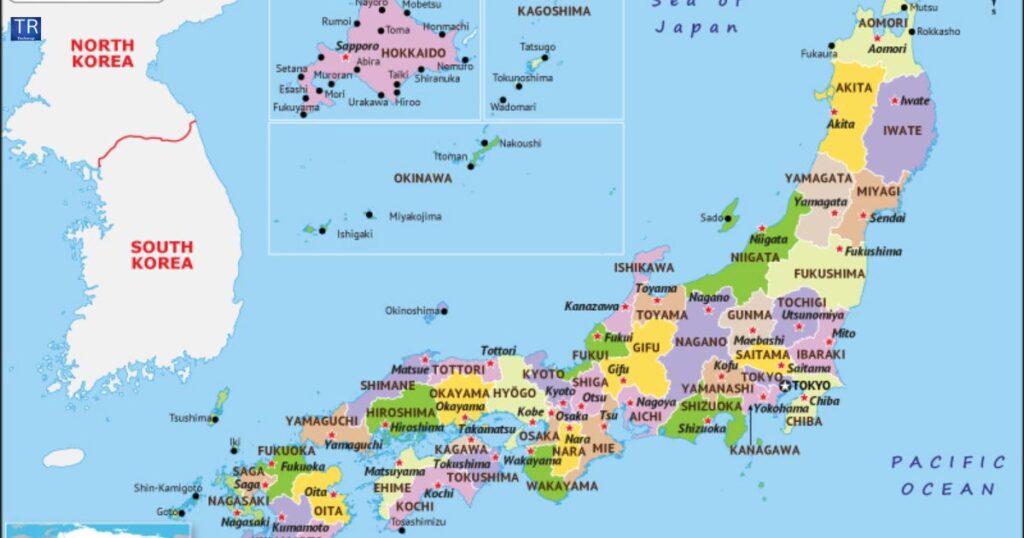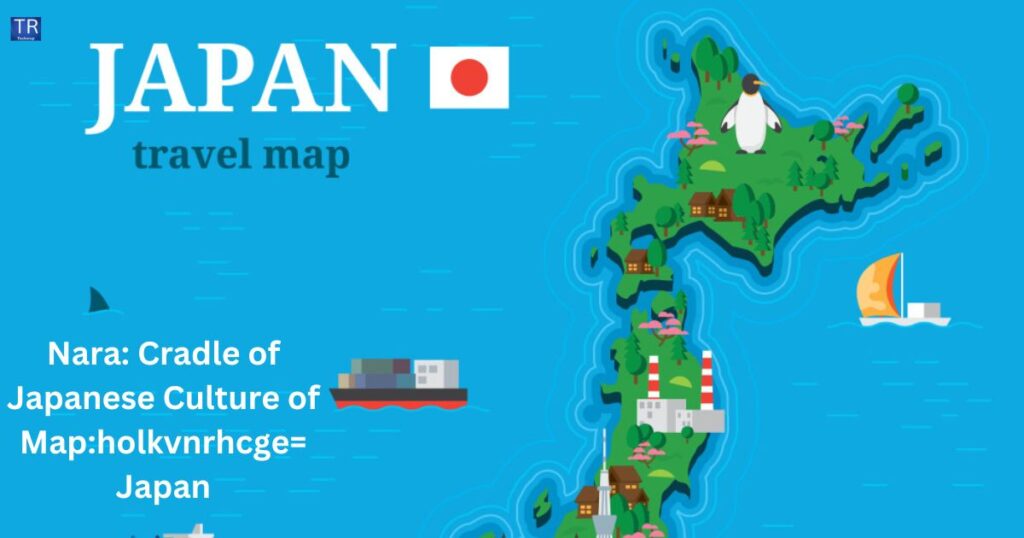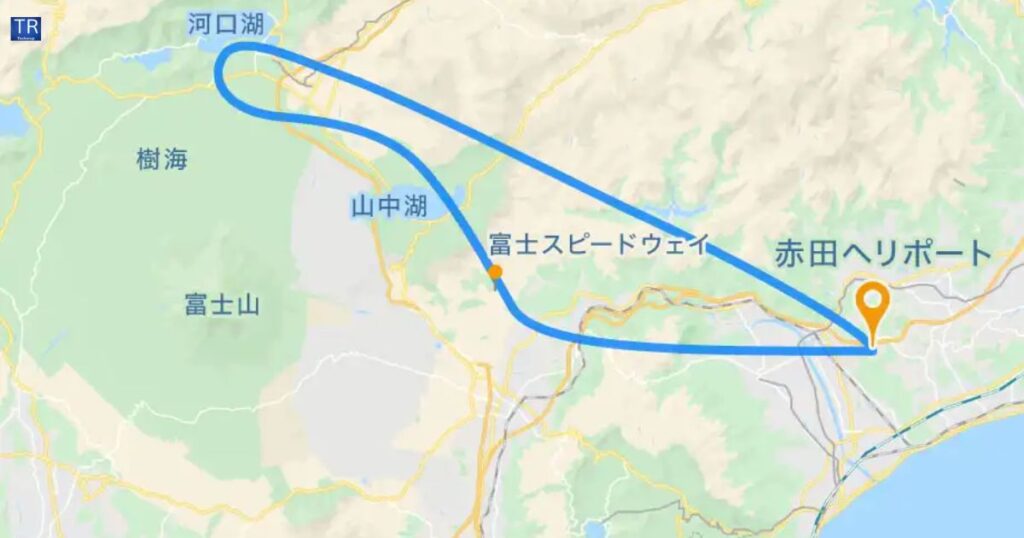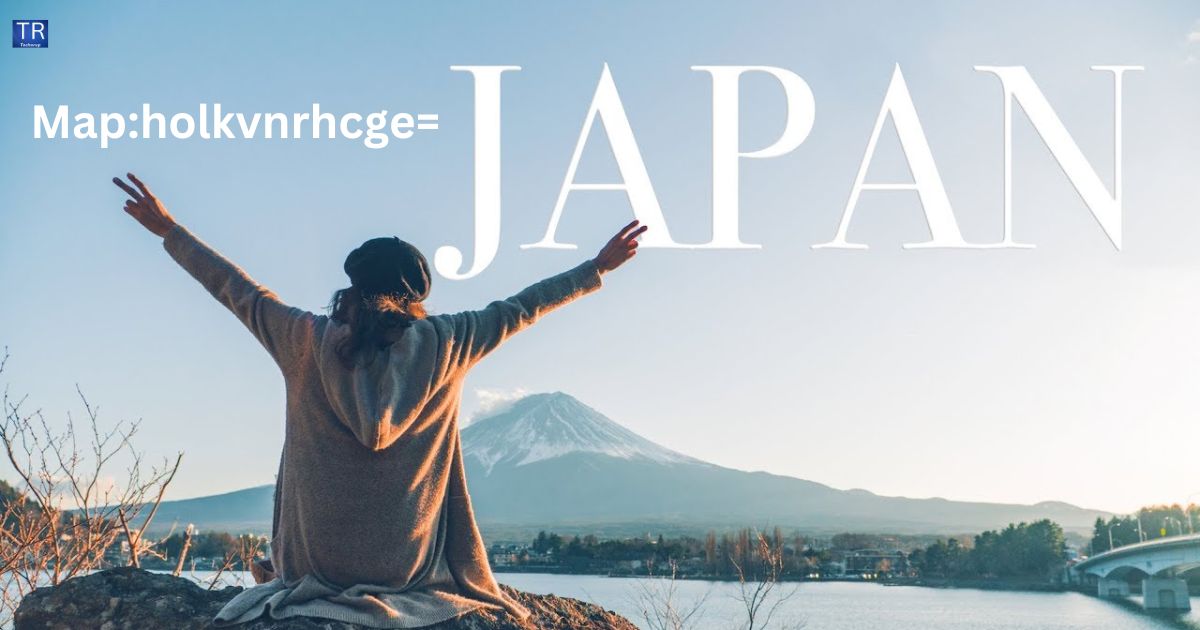Map:holkvnrhcge= Japan is a detailed map of Japan. It shows the country’s four main islands. The map reveals Japan’s cities and natural features. It helps explain how geography shapes Japanese life. You can see where mountains and coasts are located. The map is useful for understanding Japan’s culture and economy.
Ever wondered what makes Japan special? Map:holkvnrhcge= Japan holds the answer. It shows a land of contrasts and beauty. Map:holkvnrhcge= Japan: A Traveler’s Guide To The Land Of The Rising Sun reveals hidden treasures. From bustling cities to peaceful temples, Japan has it all.
Japan is a land of wonders. The guide shows you its best spots. You will learn about cities and nature. It helps you plan an amazing trip.
Geographical Diversity
Japan is a land of many faces. It has four main islands, each different from the others. Honshu is the biggest and busiest. Hokkaido has cold winters and lots of nature. Kyushu and Shikoku are smaller but full of cool things to see. From snowy mountains to sunny beaches, Japan has it all. This mix of landscapes makes Japan special and fun to explore.
Read Also: Discovering The Journey Through Map:7m4tisnykes= New york
1. Tokyo: The Dynamic Metropolis of Map:holkvnrhcge= Japan
Tokyo is Japan’s biggest city. It is a mix of old and new. You can visit ancient temples like Senso-ji. Then you can see tall, modern buildings. The city has many fun areas to explore. Shibuya is famous for its busy crosswalk. Akihabara is great for anime fans.
Tokyo never sleeps. It has tasty food and cool shops. You can see the city from Tokyo Tower. The fish market is busy and exciting. There is always something to do in Tokyo. It’s a city that surprises you at every turn.
Read Also: Make1m.com Luxury vacations – Elevate Your Travel Experience To Uncharted Heights
2. Kyoto: The Heart of Traditional Japan of Map:holkvnrhcge= Japan
Kyoto is the old heart of Japan. It was once the home of emperors. Now it’s a place where you can see the Japan of long ago. Kyoto has over 1,600 Buddhist temples. It also has 400 Shinto shrines. The famous Fushimi Inari Shrine is here. Its red gates make a path up a mountain.

In Kyoto, you can step back in time. The Gion district is where geishas still work. You can see old wooden houses and beautiful gardens. Cherry blossoms make the city magical in spring. In fall, the leaves turn red and gold. Kyoto shows you the beauty of old Japan.
3. Osaka: The Kitchen of Japan of Map:holkvnrhcge= Japan
Osaka is known as Japan’s kitchen. It is famous for its yummy food. You can try tasty snacks like takoyaki and okonomiyaki here. The streets are full of food stalls. Dotonbori area is the best place to eat in Osaka.
Osaka is not just about food, though. It has a big castle you can visit. The castle has a museum inside. You can see the whole city from up there. Osaka also has a Universal Studios theme park. It is a fun place for both kids and adults.
4. Nara: Cradle of Japanese Culture of Map:holkvnrhcge= Japan
Nara is an old and important city in Japan. It was Japan’s first real capital. Many old buildings and art pieces are still there. People love to visit Nara Park. It has friendly deer that roam free. The park is home to many temples too.

The most famous place in Nara is Todai-ji Temple. It has a huge bronze Buddha statue. This statue is one of the biggest in the world. Nara shows us what old Japan was like. It helps us understand Japanese history and culture. Visitors can feel like they have stepped back in time here.
5. Hiroshima: City of Peace of Map:holkvnrhcge= Japan
Hiroshima is a city with a powerful story. It was hit by an atomic bomb in World War II. But now, it stands for peace. The city has rebuilt itself. It has a special park to remember what happened. There’s also a museum that teaches about the bomb’s effects.
Hiroshima is more than its past. It is a lively city today. People visit to see the peace memorial. They also enjoy the local food. Near the city is a pretty island called Miyajima. It has a famous gate that looks like it is floating on water. Hiroshima shows how a place can heal and grow.
6. Hakone: Gateway to Mt. Fuji of Map:holkvnrhcge= Japan
Hakone is a pretty town near Mount Fuji. It is in a big park called Fuji-Hakone-Izu. People go there to relax in hot springs. You can see Mount Fuji from Hakone on clear days. It is a great place to take photos.

Visitors can do many fun things in Hakone. You can ride a boat on Lake Ashi. There is also a cable car that gives you nice views. Hakone has a cool outdoor museum with art in nature. It is a perfect spot to enjoy Japan’s beauty.
7. Sapporo: Snow Paradise of Map:holkvnrhcge= Japan
Sapporo is the capital of Hokkaido, Japan’s northernmost island. It is famous for its Snow Festival. This event happens every year. People come to see huge ice sculptures. They also enjoy fun snow activities.
Sapporo has more to offer than just snow. It is known for great food, especially fresh seafood. The city is also famous for Sapporo beer. In summer, people use Sapporo as a starting point for hiking trips. In winter, it is perfect for skiing. Sapporo mixes city life with easy access to nature.
8. Kanazawa: Samurai Stronghold of Map:holkvnrhcge= Japan
Kanazawa is a city rich in samurai history. You can see this in the well-preserved Nagamachi district. Here, old samurai houses still stand. The city is also home to Kenrokuen, one of Japan’s most beautiful gardens. Kanazawa is famous for traditional crafts too. Gold leaf production is a local specialty.

But Kanazawa is not stuck in the past. It has a modern side as well. The 21st Century Museum of Contemporary Art is a big attraction. It is a stark contrast to the city’s historic sites. This mix of old and new makes Kanazawa unique. It is a place where history and modern art exist side by side.
9. Okinawa: Tropical Japanese Paradise of Map:holkvnrhcge= Japan
Okinawa is a tropical paradise in Japan. It has beautiful beaches and clear blue waters. The islands have a unique culture, different from mainland Japan. Visitors can enjoy snorkeling and diving in coral reefs. The Okinawa Churaumi Aquarium is one of the largest in the world.
Okinawa has a rich history too. Shuri Castle in Naha was once a royal palace. It shows the history of the Ryukyu Kingdom. The islands offer a mix of relaxation and adventure. Tourists can try local foods and learn about Okinawan traditions. Okinawa’s warm weather makes it a popular vacation spot all year round.
10. Nikko: A Blend of Nature and History of Map:holkvnrhcge= Japan
Nikko is a small city near Nikko National Park in Japan. It is known for its beautiful nature and rich history. The Toshogu Shrine is a famous spot here. It is very grand and shows off great Japanese craftsmanship. People come to Nikko to see this shrine and learn about Japan’s past.
Nikko also has lots of natural beauty. There are pretty waterfalls in the area. You can find nice lakes too. Hot springs are popular here. Visitors enjoy both the history and the nature of Nikko. It is a good place for people who want to relax and explore.
Impact on Climate
- Japan has many different climates
- Hokkaido has very cold winters
- Okinawa has a warm, tropical climate
- Ocean currents affect the weather
- The Japan Current makes winters milder on the Pacific coast
- The Sea of Japan side gets lots of snow in winter
- Different climates affect how people live in each area
- Weather impacts farming and fishing in different regions
Economic and Cultural Influence
Japan’s geography shapes its economy and culture. Long coastlines provide many ports. These ports help trade within Japan and with other countries. Mountains make travel hard but inspire respect for nature. This respect shows in practices like satoyama, where people care for local forests.
Japan sits on the Pacific Ring of Fire. This means lots of earthquakes. As a result, buildings are made to resist shaking. The frequent earthquakes also affect how people think. Japanese culture values being ready for natural disasters. This mindset influences daily life and planning.
FAQ’s
What is Japan’s largest island?
Honshu is Japan’s largest island.
When is the Sapporo Snow Festival?
The Sapporo Snow Festival typically takes place in early February each year.
Is Mount Fuji in Tokyo?
No, Mount Fuji is not in Tokyo.
Why is Osaka called Japan’s kitchen?
Osaka is called Japan’s kitchen due to its reputation as a culinary hotspot and historical role as a major food distribution center.
Can you see geishas in Japan?
Yes, you can see geishas (more accurately called geiko) in Japan, primarily in Kyoto’s Gion district.
What is unique about Okinawa?
Okinawa’s unique blend of Japanese and indigenous Ryukyuan culture, the longevity of its residents, and its historical U.S. military presence.
Is Japan good for skiing?
Yes, Japan is excellent for skiing, with renowned powder snow and numerous world-class resorts.
Final Thought
Japan offers a unique blend of ancient traditions and cutting-edge technology. Visitors can explore historic temples, bustling cities, and stunning natural landscapes. The country’s cuisine, from sushi to ramen, is world-renowned. Japan’s efficient public transportation makes travel easy and convenient.
For those seeking adventure, Japan has diverse offerings. Ski resorts in Hokkaido boast powdery snow. Cherry blossom season paints the country pink in spring. Summer brings vibrant festivals and hiking opportunities. Autumn’s colorful foliage is breathtaking. With its rich culture and natural beauty, Japan provides unforgettable experiences year-round.

Charlene J. Newton is an executed writer recognized for her captivating fiction and non-fiction works. With a keen eye for detail and an expertise for crafting attractive narratives, Newton’s writing has garnered crucial acclaim. Her diverse portfolio covers a variety of genres, from concept-provoking literary fiction to insightful non-public essays











